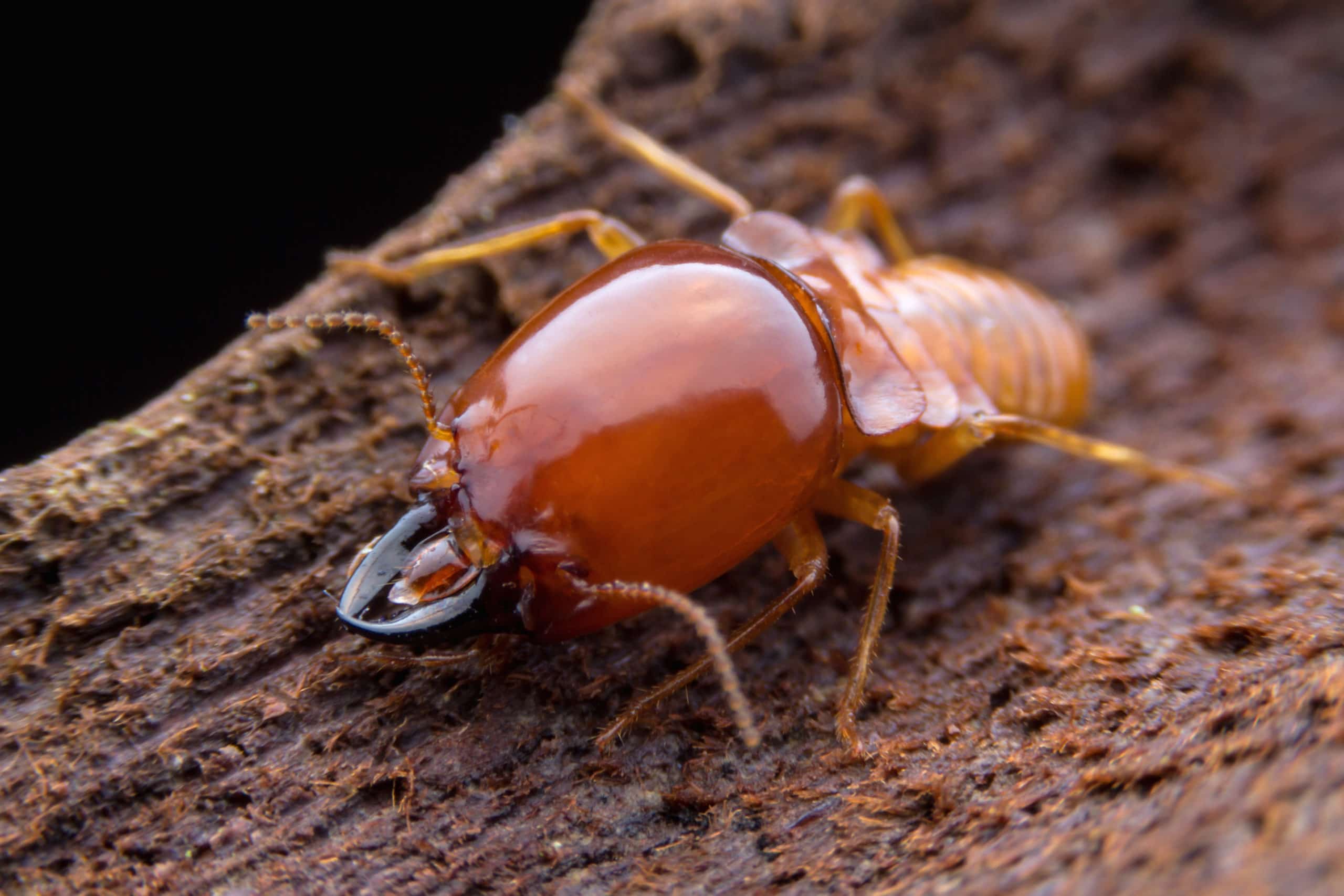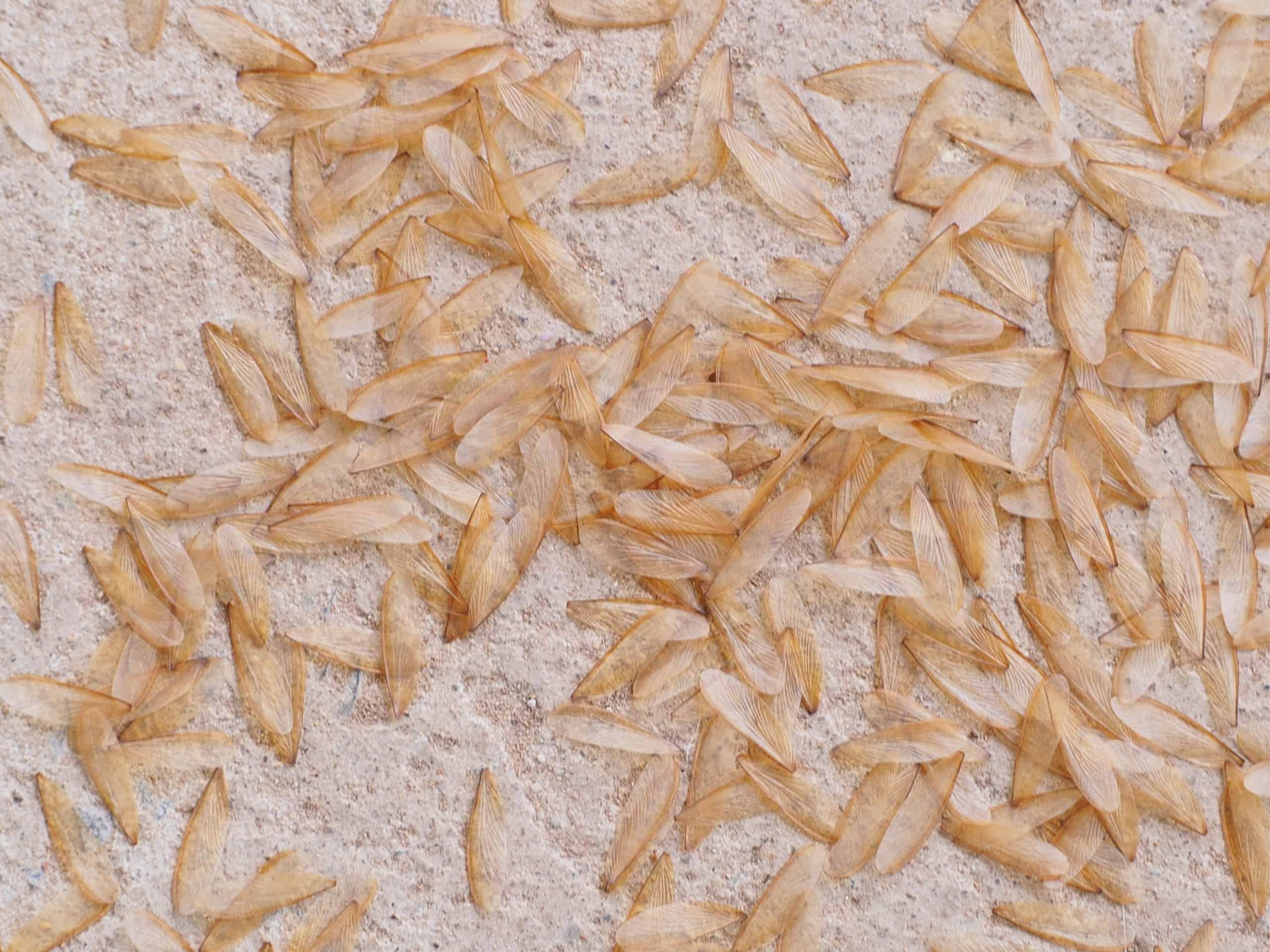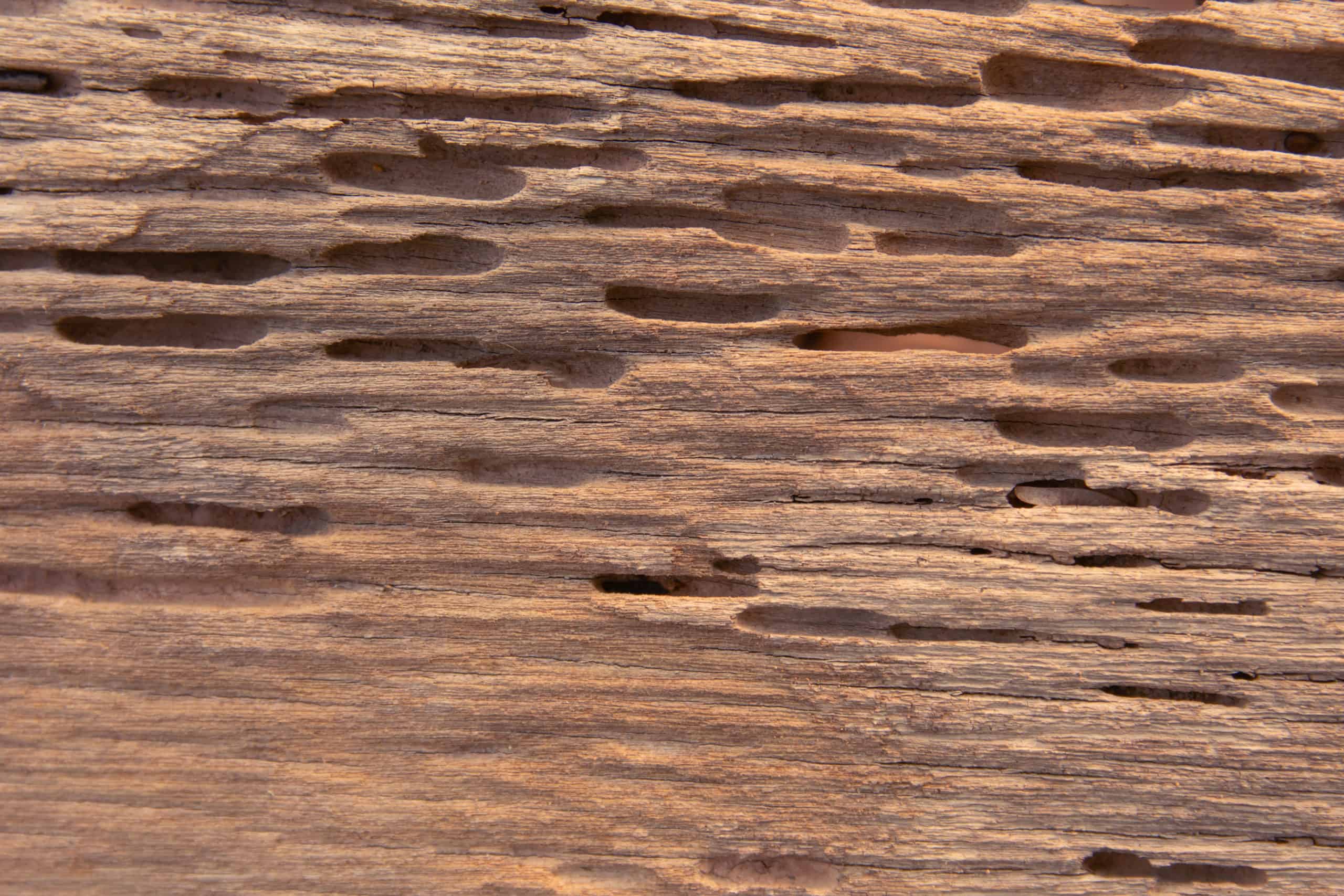A Guide to Termites on the East Coast
A Guide to Termites on the East Coast
Different Species of Termites
Each year, termites cause more than 5 million dollars in property damage in over 600 thousand homes just the United States alone. Termite damage can range from minor cosmetic damage to the home to full structural failure.
According to taxonomy (the scientific identification and classification of organisms through the use of hierarchical categories), termites are a class of Insecta that are divided into 7 families which branch off into a whopping 3,000 or so different species. Of all of these species, the three most commonly found on the East Coast are Drywood termites, Formosan termites, and Subterranean termites.

Drywood Termites
Scientific Name –
Kalotermes flavicollis
Appearance –
These termites have two relatively straight antennae branching off of their heads. They have a long thorax, and even longer abdomens. With a total of six legs and two pinchers, these insects somewhat resemble ants and are often confused as such when they are first discovered in homes. These termites are somewhat dark in color, often sporting black, brown, or dark yellow hues.
Size –
At their full-grown size, Drywood termites tend to be about ½ and inch in length.
Preferred Habitats –
True to their names, these termites prefer to make their homes in dry wooden structures, such as roofs walls, and the like. They are also well known for infesting any dead wood in or around homes including furniture, fences, and even firewood piles.
Colony Size –
In comparison to many other termite colonies, the populations of Drywood termites tend to be rather small. On average there are only about 5,000 members in a colony.

Subterranean Termites
Scientific Name –
Rhinotermitidae
Appearance –
These termites have the same bodily structures as all termites but tend to be rather different in color. They are described as waxy looking with a cream, tan, or light-yellow hue.
Size –
Adult Subterranean termites can range from ¼ of an inch to ½ an inch in length.
Preferred Habitats –
These termites can be found all across the United States. They prefer to live underground however, in areas with enough moisture, they are sometimes found living above ground.
Colony Size –
On average, Subterranean termite colonies take roughly 6 to 7 years to reach full maturity, at which time they will have a couple hundred thousand members.

Formosan Termites
Scientific Name –
Coptotermes formosanus
Appearance –
As a subspecies of the Subterranean termite, these termites have similar features. Their bodies tend to be a light yellow in color with darker heads.
Size –
Similar to the Subterranean termite, these guys also grow to roughly ½ inches long.
Preferred Habitats –
Formosan termites create complex tunnel systems that can span over 300ft of excavated soil. While the bulk of their nest tends to be underground, they will have caverns traveling up into nearby structures including homes, trees, etc. Due to their massive foraging range, the extent of damage these colonies can create is shocking.
Colony Size –
A single colony of subterranean termites can have a population of several million members!

Do I Have a Termite Infestation?
There are a variety of different signs that your home may be a victim of termites. One of the most notable signs arrives in the springtime, when swarmers, also known as reproductives, leave their colonies in groups of hundreds or thousands in order to find a new place to mate and form a colony. Following the mating process their wings fall off. The presence of these wings left behind on the ground is one of the key indicators of a termite infestation. Other signs include:
- Frass (fecal pellets)
- Sagging wooden structures
- Uneven or bubbling paint
- Hollow sounding wood structures
- Mud tubes (typically on the foundation of the home)
- Tiny holes in siding or drywall

Protecting Your Home
Professional intervention is highly recommended when it comes to termite infestations. These pests are extremely destructive and, as such, can create a dangerous space in your home. Our technicians have years of experience fighting termites and are equipped with the right tools and knowledge to successfully tackle any termite problem you may have quickly and effectively. Call us today if you would like more information on our termite control treatments.

Citations
Hopkins, J. (no date) Subterranean Termite Identification and Biology, The University of Arkansas Division of Agriculture Research & Extension. University of Arkansas Cooperative Extension Service Printing Services. Available at: https://www.uaex.edu/publications/PDF/FSA-7061.pdf (Accessed: January 2021).
Su, N.-Y. and Scheffrahn, R. (2019) Formosan Subterranean Termite (Coptotermes formosanus), The University of Florida Department of Entomology and Nematology. The Florida Department of Agriculture and Consumer Services. Available at: https://entnemdept.ufl.edu/creatures/urban/termites/formosan_termite.htm (Accessed: January 28, 2021).
Taxonomy (2020) Basic Biology. Available at: https://basicbiology.net/biology-101/taxonomy (Accessed: October 2020).
Termites 101: A Guide to Common Termite Species (no date) Pest World – Your Partner in Pest Prevention. The National Pest Management Association. Available at: https://www.pestworld.org/news-hub/pest-articles/termites-101/ (Accessed: January 28, 2021).
Types of Termites (no date) Fort Lauderdale Research and Education Center. University of Florida, Institute of Food and Agricultural Sciences – UF/IFAS. Available at: https://flrec.ifas.ufl.edu/termites-in-florida/termite-types/ (Accessed: January 28, 2021).
Why Do We See So Many Pests in the Fall?
Why Do We See So Many Pests in the Fall? Why Do We See So Many Pests in the Fall? Summary: Fall’s cooler [...]
Why German Cockroaches are Such Problem Pests (And How to Get Rid of Them)
Why German Cockroaches are Such Problem Pests (And How to Get Rid of Them) Why German Cockroaches are Such Problem Pests (And How to Get [...]
Summer is Ending, But Pests are Still Going Strong
Summer is Ending, But Pests are Still Going Strong Summer is Ending, But Pests are Still Going Strong Summary: Summer is coming to [...]
10 Tips for Going Back to School Pest-Free
10 Tips for Going Back to School Pest-Free 10 Tips for Going Back to School Pest-Free Summary: The school year is a busy [...]
What is Bug Spray, Really?
What is Bug Spray, Really? What is Bug Spray, Really? Summary: Bug spray is a great tool for preventing pests during outdoor activities, [...]
The Various Personalities of Stinging Pests
The Various Personalities of 5 Stinging Pests The Various Personalities of 5 Stinging Pests Summary: Stinging insects are among the most common summer [...]

